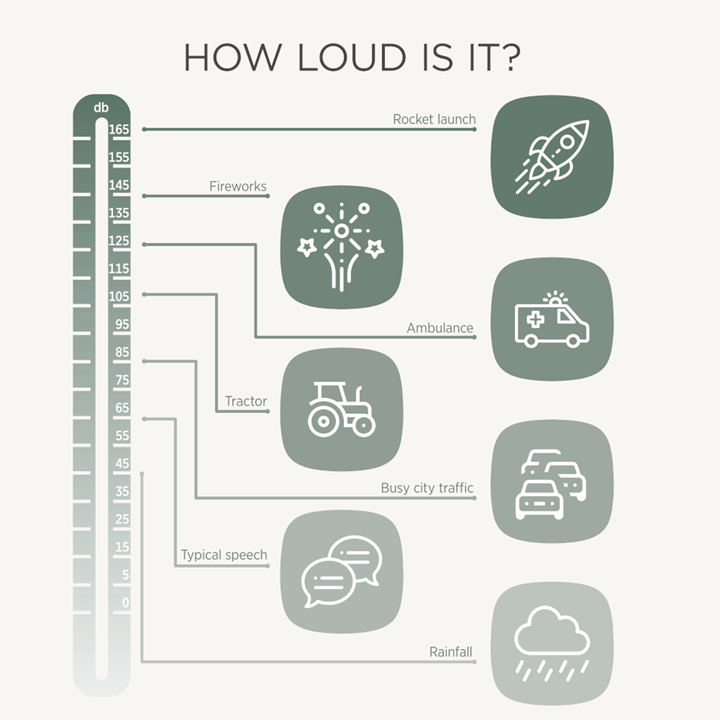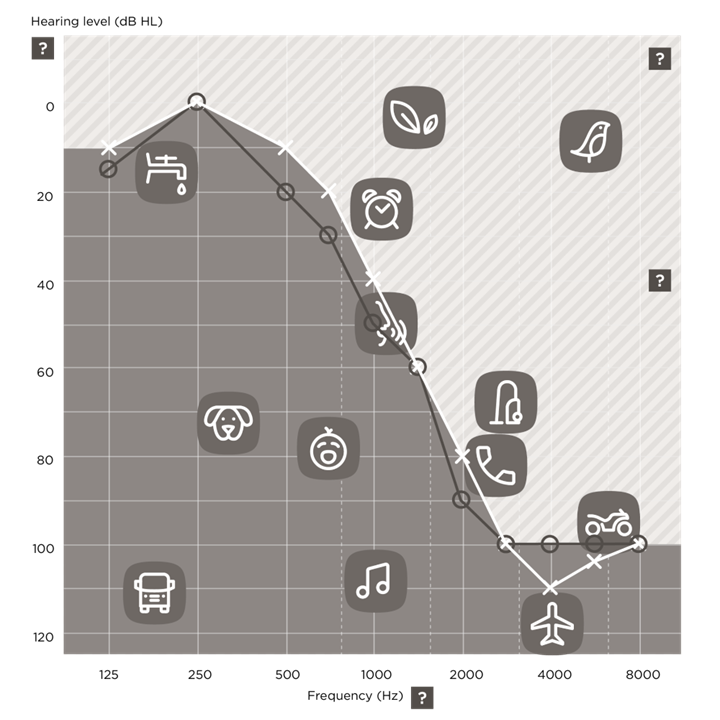
The human hearing range - what can you hear?
The human hearing range is a description of the pitches and loudness levels a person can hear before feeling discomfort.
Created Updated
Science
Hearing loss
There are a variety of sounds in our environment, ranging from faint sounds like birdsong and rustling leaves to louder sounds like music, yelling, and industrial noise. This human hearing range is called the audible range.
Loudness and pitch
The human hearing range depends on both the pitch of the sound – whether it is high or low – and the loudness of the sound. Pitch is measured in Hertz (Hz) and loudness is measured in decibels (dB).
For a person with normal hearing, when it comes to pitch the human hearing range starts low at about 20 Hz. That’s about the same as the lowest pedal on a pipe organ. On the other side of the human hearing range, the highest possible frequency heard without discomfort is 20,000Hz. While 20 to 20,000Hz forms the absolute borders of the human hearing range, our hearing is most sensitive in the 2000 - 5000 Hz frequency range.
As far as loudness is concerned, humans can typically hear starting at 0 dB. Sounds that are more than 85dB can be dangerous for your hearing in the case of prolonged exposure.
Here are some examples of the decibel levels of typical sounds:

Surprisingly, there are sounds that even humans with the best hearing can’t hear. We can’t hear the sound of a dog whistle, but a dog can because dogs have a much large hearing range than humans do. Lower frequency sounds like the roar of a wind turbine are also out of the human hearing range and are often felt as vibrations rather than heard as sound.
Hearing ranges for people with hearing loss
When you have a hearing loss, your hearing range changes. For most, a hearing loss will begin by affecting the upper pitches of the human hearing range. Birdsong, certain speech sounds, and instruments like flutes and piccolos are difficult to hear for most with hearing loss.
To figure out your specific hearing range, a hearing professional will perform a hearing test and plot your results on an audiogram. An audiogram is a chart that shows the results of your hearing test. Your hearing test results are plotted on a graph and then compared with that of a person with normal levels of hearing. Hearing professionals use the audiogram to establish your hearing loss and as a tool for fitting hearing aids.
Here’s what an audiogram looks like:

The white line shows the level of hearing of a person’s right ear. The left ear is plotted with a black line. The area below the line shows the levels of hearing loss that this person can hear and the area above the line shows the levels that the person can’t hear.
To find out your level of hearing, a hearing professional will play a series of beeps and ask you to raise your hand or press a button when you can hear them. The professional will usually start with a level you can hear and then turn down the volume each time until you can’t hear it. The professional will then repeat this with sounds of lower or higher frequencies.
This test shows your hearing “threshold” or the point where you can’t hear any more. This threshold is plotted for both your ears as two separate lines on your audiogram.
Your audiogram can tell you a lot about your hearing, including the frequencies you can hear and the volume you can hear them at. This is important to know because each sound you hear has a certain frequency. Birdsong has a higher frequency while tubas have a lower frequency.
Here are some common sounds plotted on a standard audiogram:

The person with this audiogram has a hearing loss in his left ear that prevents him from hearing sounds like the faucet or birdsong. Lower frequency sounds like the rumbling of a truck engine are easier to hear for the person with this audiogram.
Next steps
Think that your hearing range isn’t perfect? It’s probably a good idea to see a hearing professional for a full hearing examination. Hearing professionals can determine whether or not you are hearing the sounds that you are supposed to hear and recommend a course of action if you do have a hearing loss.
Visit our Shop Finder to find a hearing professional near you.